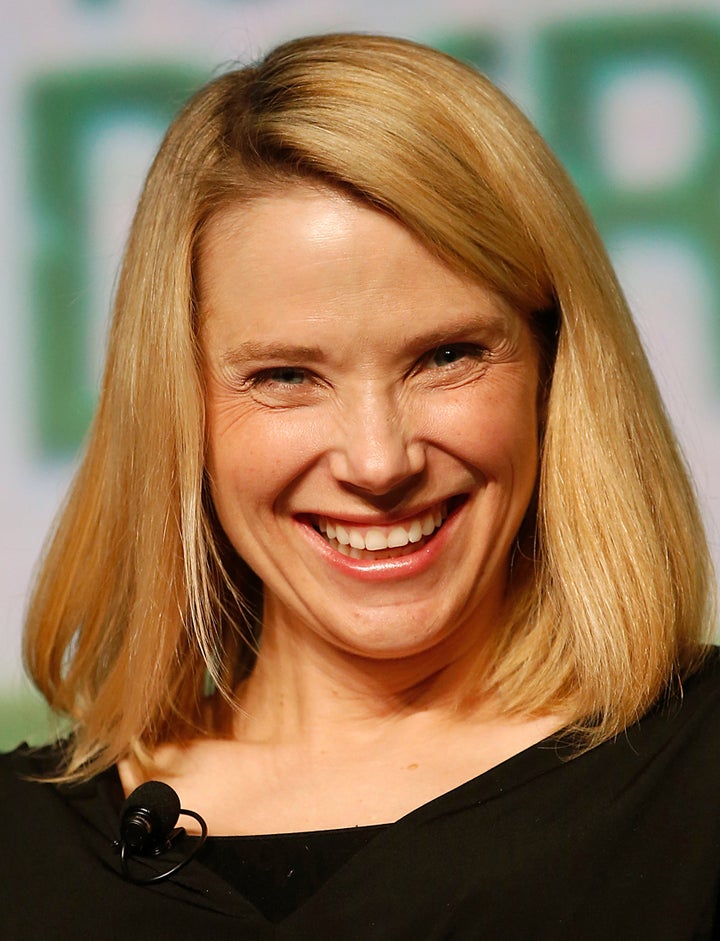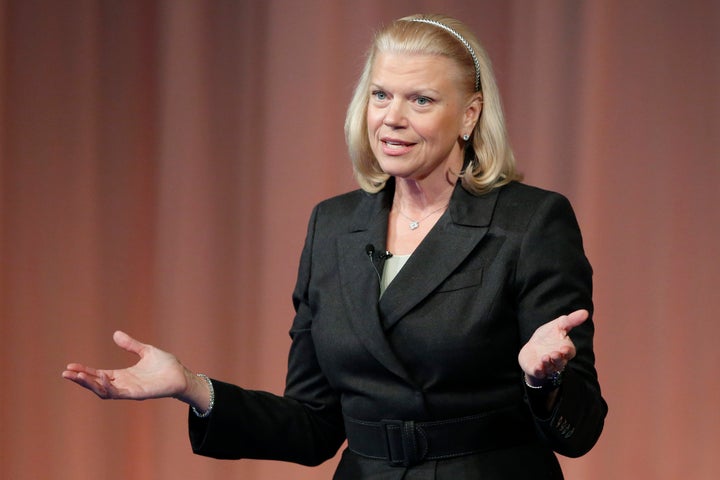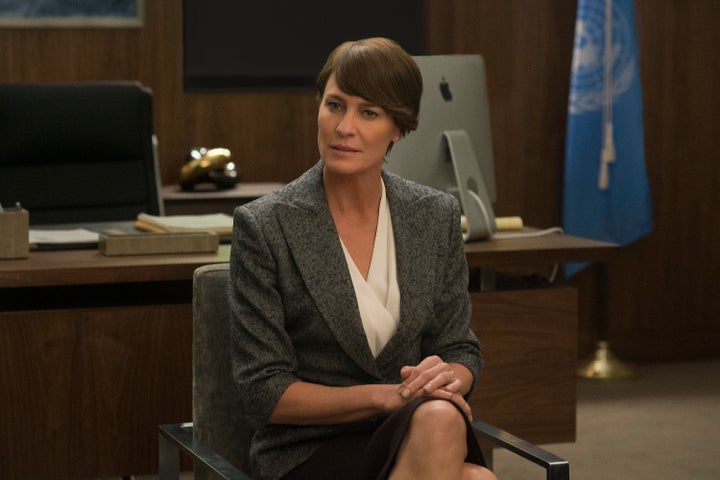
Blondes. They’re stereotypically portrayed as ditzy. They famously have “more fun.” But here’s the head-turning part: women with blonde hair disproportionately hold positions of power in the U.S.
A stunning 48 percent of female chief executives at S&P 500 companies and 35 percent of female senators are blonde, according to findings presented by two business school researchers earlier this month at an Academy of Management annual meeting in Anaheim, California.
The first women to get a major party nomination for president? Blonde. First woman to sit on the U.S. Supreme Court? Blonde. First women president of Harvard. You guessed it.
Blond male leaders are far less common. (Sorry, Donald Trump.) Just 2.2 percent of male CEOs had blond hair, a 2005 study found. That’s more in line with the hair color’s natural occurrence. Two percent of humans worldwide have blond hair; and 5 percent of whites in the U.S., according to the researchers.

If you include women and men who dye their hair, certainly, the blond population rises, but probably not anywhere near 50 percent, Jennifer Berdahl, who coauthored the presentation, told The Huffington Post. “If women are choosing to dye their hair blonde, there’s something strategic about the choice,” Berdahl said.
The prevalence of blonde female CEOs doesn’t contradict the stereotype of the dumb blonde ― it plays into it ― Berdahl and her coauthor Natalya Alonso, of the Sauder School of Business at the University of British Columbia, explain in their presentation.
In addition to incompetence, light-colored hair is also associated with youth, attractiveness, dependence and warmth. All of these traits counter-balance the more aggressive, dominant ― and stereotypically male ― characteristics required to run a large organization, the researchers explain.

“If the package is feminine, disarming and childlike,” Berdahl told The Huffington Post. “You can get away with more assertive, independent and [stereotypically] masculine behavior.”
The researchers didn’t consider TV news anchors, but it seems anecdotally true that Fox News ― a conservative network with somewhat antsy views on the role of women ― employs an awful lot of blonde anchors. Consider Megyn Kelly and, until recently, Gretchen Carlson, who certainly played up a “dumb blonde” image to counterbalance her background as a Stanford educated violinist.
Berdahl and Alonso don’t claim that women are consciously going blonde to disarm their overwhelmingly male colleagues. But their work, which includes three studies where men were asked various questions about photos of the same woman, with either brown or blonde hair, shows this disarming factor is very much at play for women leaders.
Researchers from Northwestern University school of business discovered a parallel phenomenon with black male leaders, who are more likely to have a roundish “baby-face” than their white counterparts. In studies, black leaders were also rated as warmer and less threatening. While it’s fairly acceptable for white male leaders to get angry (see: Bernie Sanders/Donald Trump.) Black men are judged harshly for displaying that kind of emotion.
Berdahl and Alonso also found that male CEOs are more likely to be married to blondes: 43 percent of the highest-paid male CEOs have a blonde spouse.
The blonde thing is likely a natural reaction to the racist and sexist notions that underpin the dominant conception of what a “leader” looks like. White. Male. Conduct a Google image search for CEO, you’ll get a lot of pictures of caucasian dudes. Or just look at the faces of the CEOs on the Fortune 500.
Very few women make it to the CEOs office and those who do are overwhelmingly white. After Ursula Burns steps down from her perch at Xerox later this year, there will be no black women CEOs in the S&P 500. It’s worth noting that blonde hair is a caucasian trait. It’s also more common in children.
For their presentation, Berdahl and Alonso conducted three studies, using about 100 male participants, to see how they felt about women CEOs who were blonde and brunette. The first two studies confirmed stereotypes: Respondents rated blondes and brunettes equally attractive, but blondes were found to be less competent and independent.

Then, participants were shown a picture of the same woman ― with blonde and brown hair and asked who they’d recommend for a CEO or Senate position. The majority of participants voted for the brunette because she is “intelligent, professional and serious,” the presentation quotes a respondent saying.
The third study is where “the blonde paradox” lies: Men were asked to rate female leaders who displayed a dominant leadership style ― they read a quote where the CEO says “I don’t want there to be any ambiguity about who’s in charge,” and “My staff knows who the boss is.” When this came out of the brown-haired woman’s mouth, she was rated very harshly on warmth and attractiveness.
The blonde did much better.
“The same woman changes her hair color from blonde to brunette, and she’s seen as a bitch,” Berdahl said.

Fans of Netflix’s “House of Cards” may recall that the first lady on that series, the ruthless “ice queen” Claire Underwood, dyed her hair back to its natural brown during Season 3 of the show in a fit of rebelliousness.
It didn’t play well and her handlers were soon urging her to go back to blonde: “Iowa voters love the blonde,” she’s told by an advisor.
Of course they do.
CORRECTION: An earlier version of this story misidentified Natalya Alonso’s surname as Alfonso.
